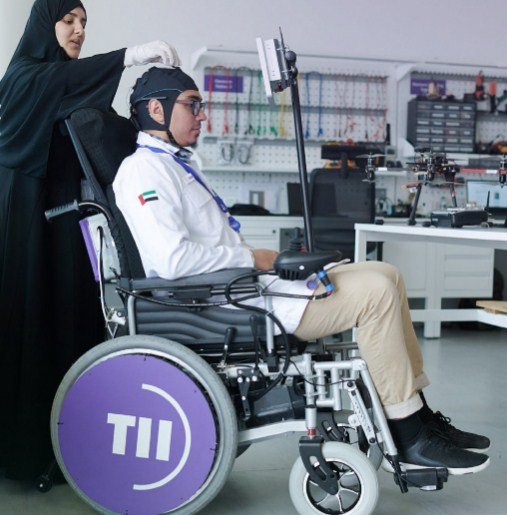How Kadyn Brady Turned His Personal Experience into a Revolutionary Project
Kadyn Brady, a recent graduate of Tennessee Tech University, has developed an autonomous electric wheelchair that can navigate complex environments and make intelligent decisions for the user. His inspiration came from his grandmother, who suffered from dementia and arthritis and had difficulty controlling her own wheelchair. Brady wanted to create a device that could enhance the mobility and independence of people with physical or cognitive challenges.
Brady, who majored in electrical engineering, used his project as an opportunity to showcase his skills and creativity at the Research and Creative Inquiry Day at Tech. He spent countless hours testing his prototype on the university’s sidewalks, using technologies such as GPS, movement sensors, and light sensors to collect information about the wheelchair’s location, terrain, and obstacles. He also integrated voice recognition and natural language processing to allow the user to speak the destination and get there safely and quickly.
The Challenges and Benefits of Autonomous Wheelchair Technology
Brady’s project is not the first attempt to create an autonomous wheelchair, but it is one of the most advanced and promising ones. According to a report by Intelligent Living, autonomous wheelchair technology faces several challenges, such as:
- The need to comply with safety and ethical standards
- The complexity of indoor and outdoor environments
- The diversity of user preferences and needs
- The cost and availability of the devices
However, the benefits of autonomous wheelchair technology are also significant, such as:
- Improving the quality of life and well-being of the users
- Reducing the burden and cost of caregivers and health services
- Increasing the accessibility and inclusivity of public spaces and facilities
- Promoting the innovation and development of related fields and industries
The Future of Autonomous Wheelchair Technology
Brady’s project is still a prototype and needs further improvement and testing before it can be commercialized. He hopes to make his design work indoors as well, and to collaborate with other researchers and engineers to refine and optimize his system. He also plans to pursue a doctoral degree in electrical engineering and continue his research on autonomous wheelchair technology.
Brady’s project is a great example of how engineering can be used to help physically challenged people gain their mobility independence. He has demonstrated his talent and passion for solving real-world problems with cutting-edge technology. He has also contributed to the field of autonomous wheelchair technology, which has the potential to transform the lives of millions of people around the world.

